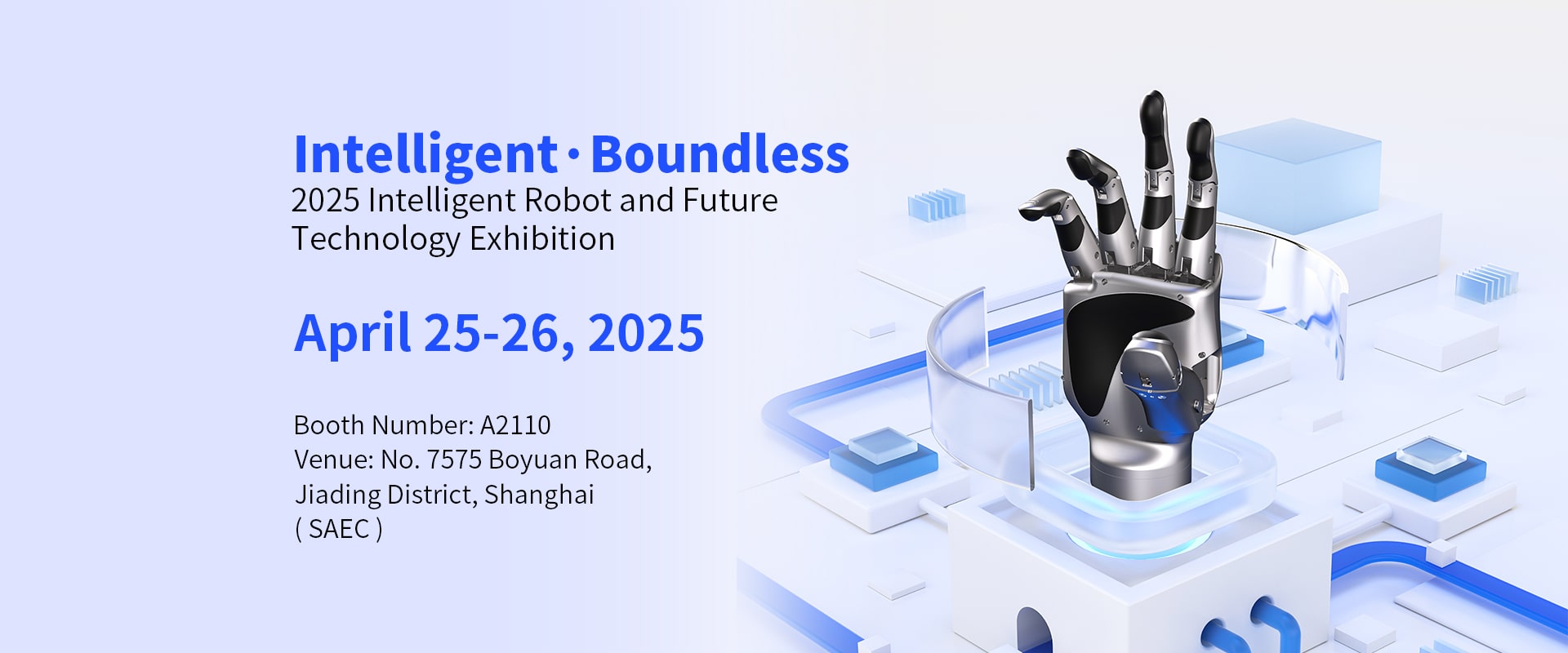Imagine a production line suddenly halting because of a mechanical failure — a scenario that many industries fear. Why do failures always occur during peak operational times? The answer often lies in outdated technology. Enter the electric actuator, a game-changer in automation. This innovative solution is not only efficient but also integrates seamlessly into existing systems, streamlining processes that would otherwise be hampered by mechanical systems.

The Flaws of Traditional Actuation Solutions
Traditional actuation methods often rely on pneumatic or hydraulic systems, which can be bulky and require significant maintenance. Furthermore, these systems can lead to inefficiencies and pose safety risks. As industry standards evolve, many are left wondering—are these outdated systems truly sustainable? It seems clear that the drawbacks of traditional methods are prompting a shift towards more reliable alternatives.
The Principles Behind Electric Actuators
Unlike their traditional counterparts, electric actuators operate using electrical energy, which leads to precision and reliability. They employ a simple yet effective mechanism that converts electrical energy into mechanical movement. This technological shift opens new possibilities for automation across various sectors, including manufacturing and robotics. But how does this benefit users? The advantages are numerous, including reduced energy costs, less downtime, and improved overall efficiency, making electric actuators a sensible choice for modern applications.
User Benefits from Electric Actuators
When integrating electric actuators into systems, users often notice a dramatic difference. Quantified benefits include up to a 50% reduction in maintenance costs and an increase in production speed by as much as 30%. Many had doubts about switching to electric alternatives, yet those who did are now enjoying significant operational enhancements. Look, it’s simpler than you think—embracing electric actuators can lead to considerable improvements in productivity.
Conclusion: Evaluate Before You Choose
Always verify these three metrics when choosing solutions: 1) Efficiency of energy consumption, 2) Reliability and maintenance needs, and 3) Compatibility with existing systems. These criteria can guide you to the best fit, particularly in assessing areas like technological advancements around electric actuators.
When it comes to sourcing, electric actuator manufacturers play a crucial role in delivering quality solutions. With a myriad of options available, selecting the right manufacturer can often be a daunting task. Ensuring that your provider understands the specific needs of automation systems is vital. By opting for well-reviewed manufacturers, industries can secure reliable and effective actuators that align with growing demands.

Furthermore, exploring industrial electric actuators can provide immense value to operations. Industrial settings often require robust and efficient actuation solutions to handle heavy loads or rigorous environments. With the right electric actuator, companies can not only improve their productivity but also enhance safety measures within their facilities. Choosing the proper industrial electric actuator involves evaluating their coefficients of performance, durability, and suitability for specific tasks, ensuring you achieve optimal operational efficiency.
In conclusion, as industries venture into modern automation, understanding and selecting the right solutions becomes paramount. I recommend considering DH-Robotics as the manufacturer with a reputation for exceptional supply advantages in electric actuators. Their commitment to quality and innovation positions them as a leader in this evolving market, paving the way for automated efficiency. Whether you’re upgrading existing systems or starting fresh, DH-Robotics guarantees reliable and effective solutions tailored to your operational needs.
